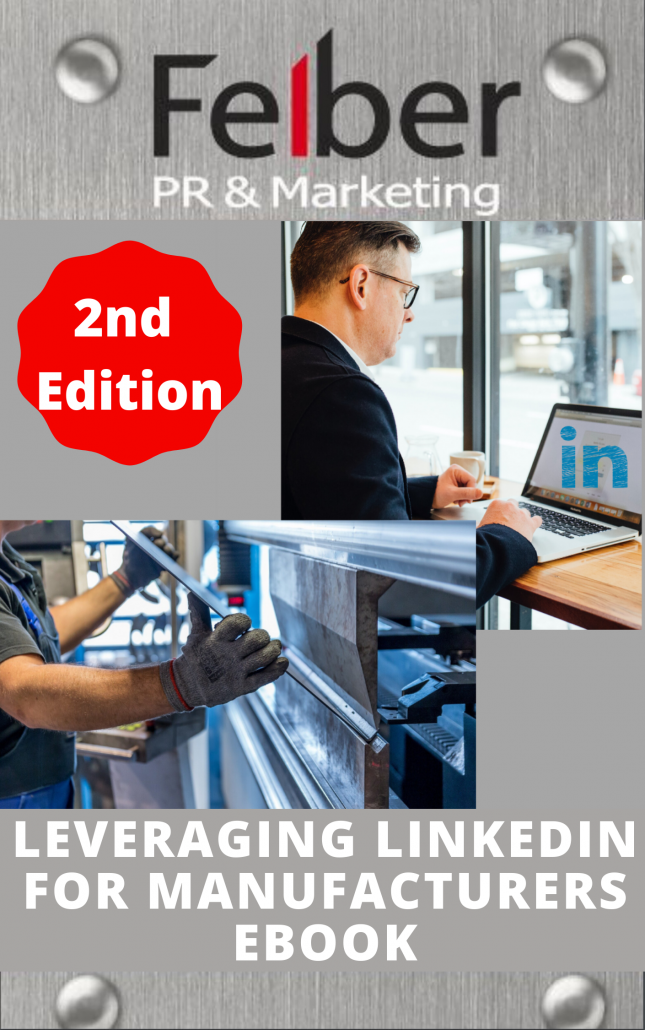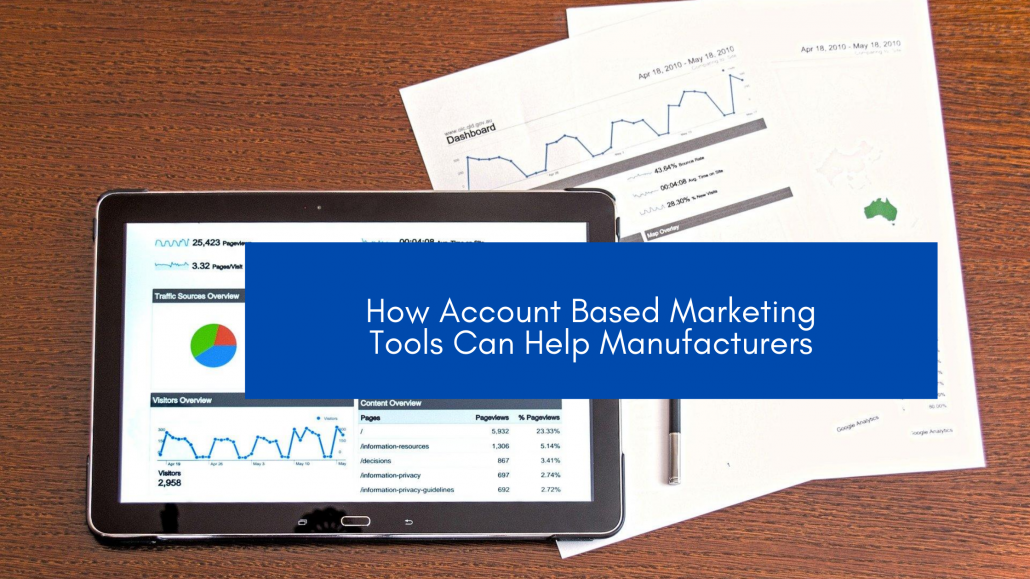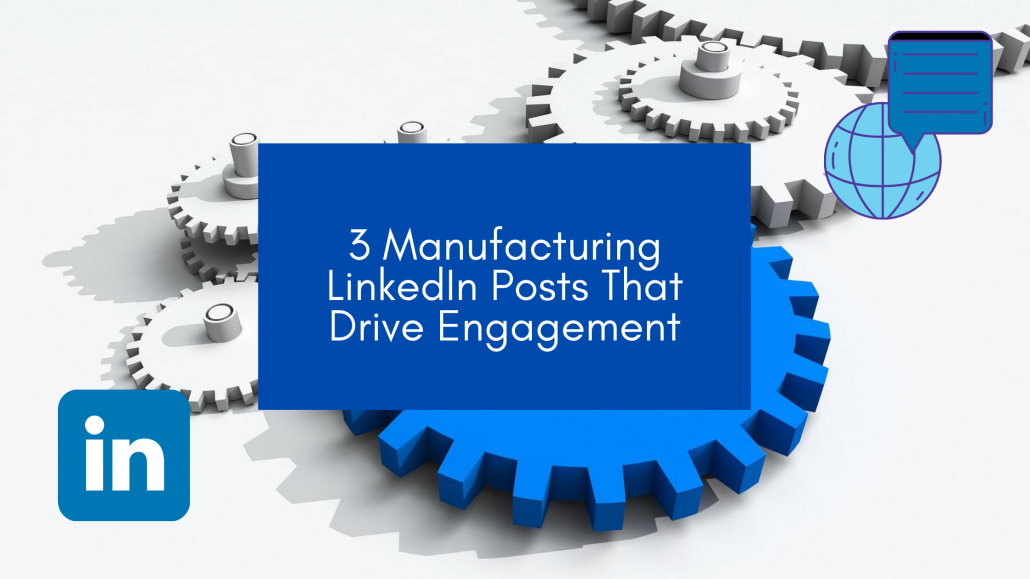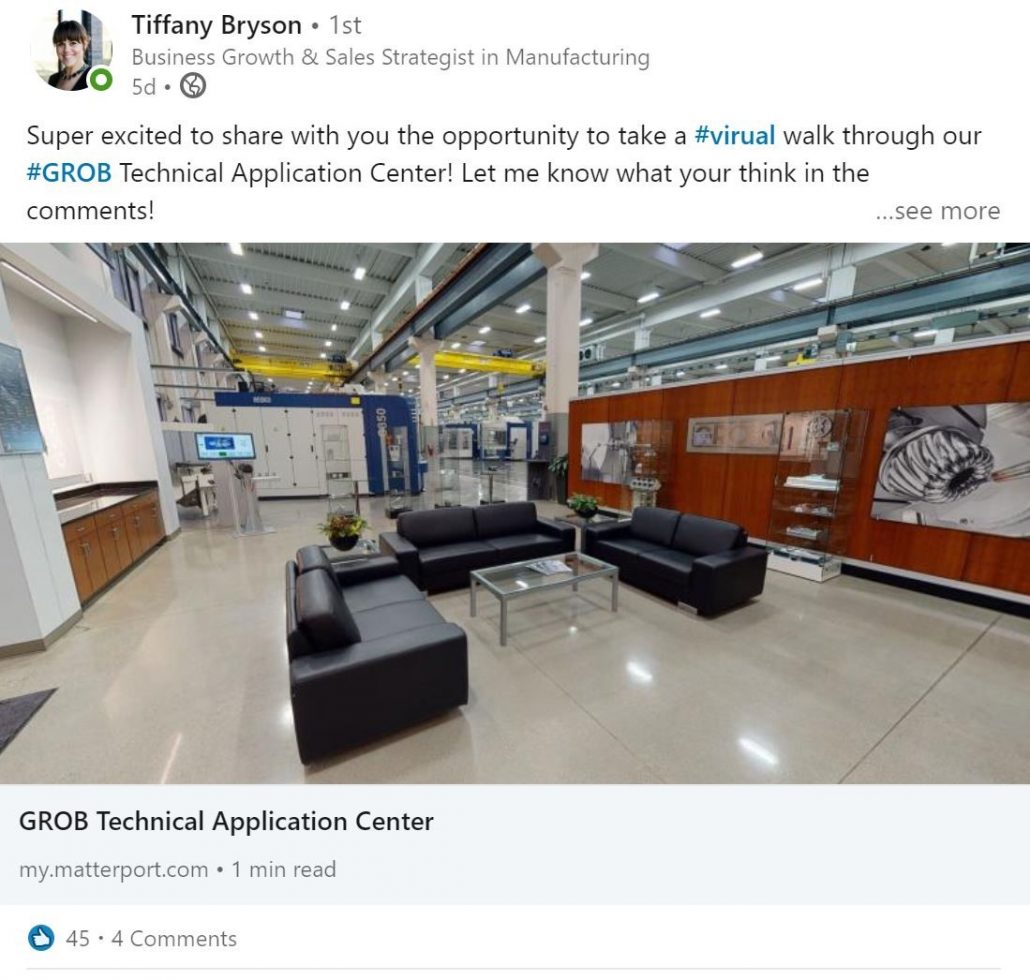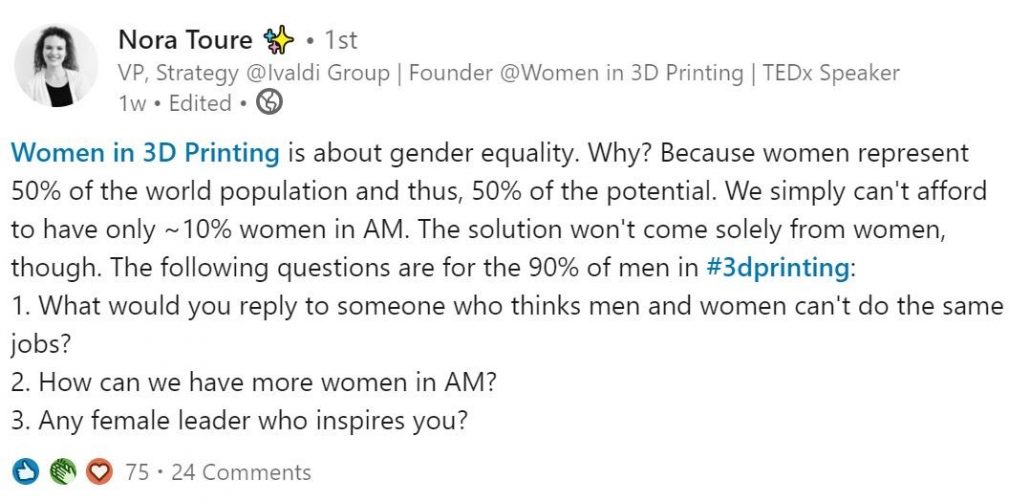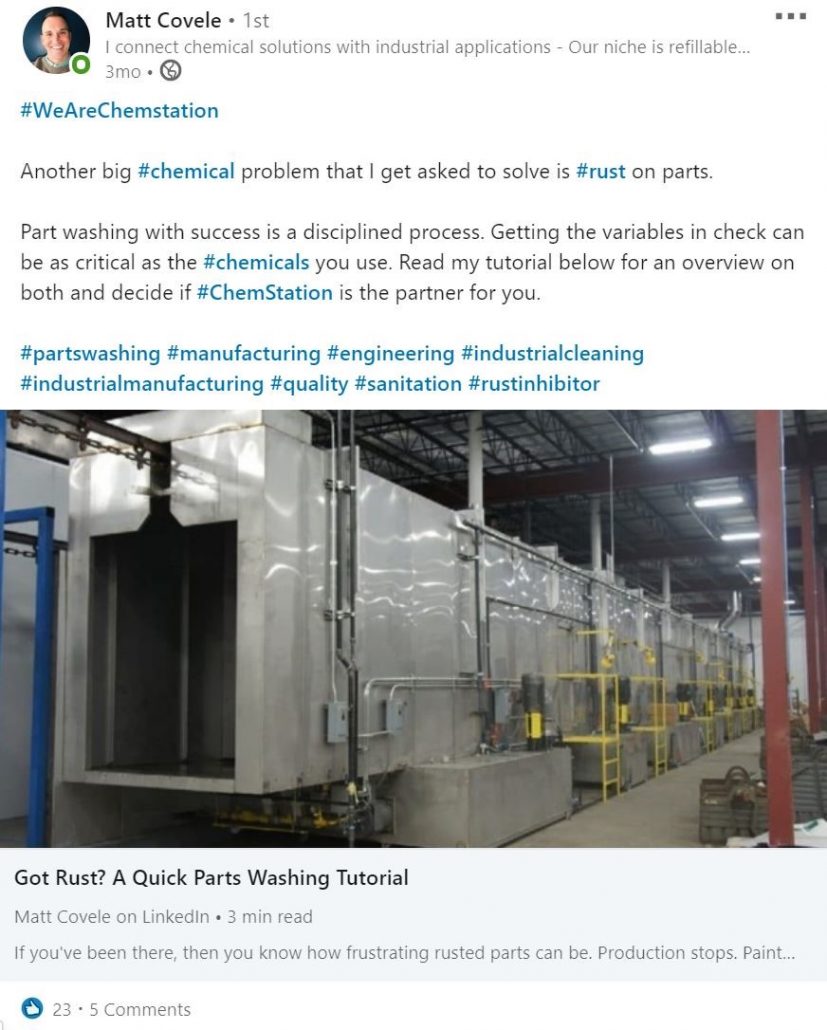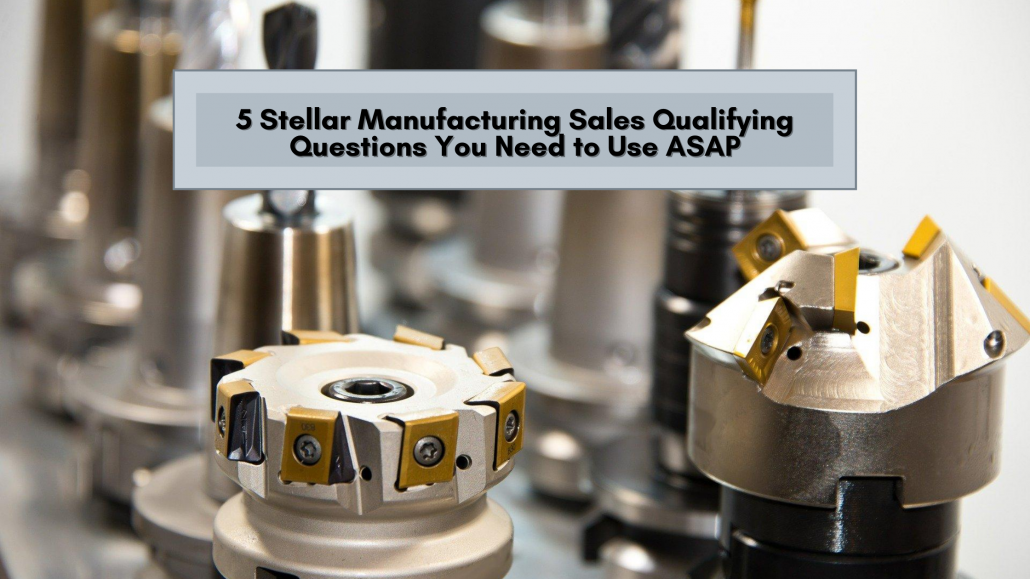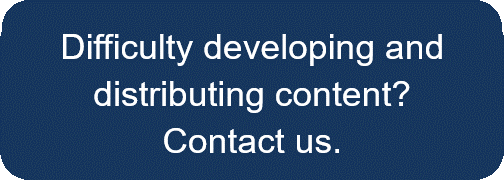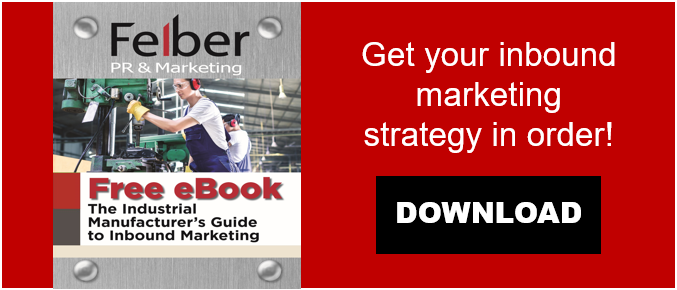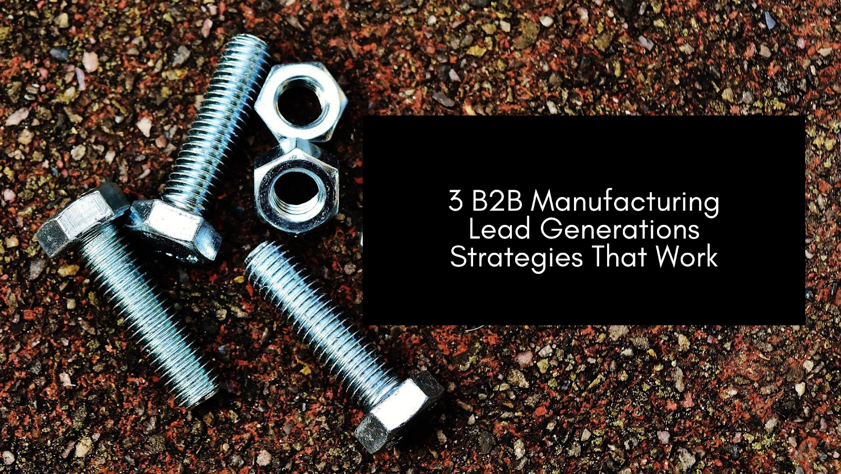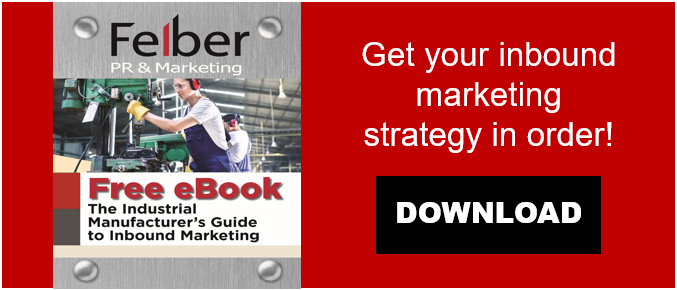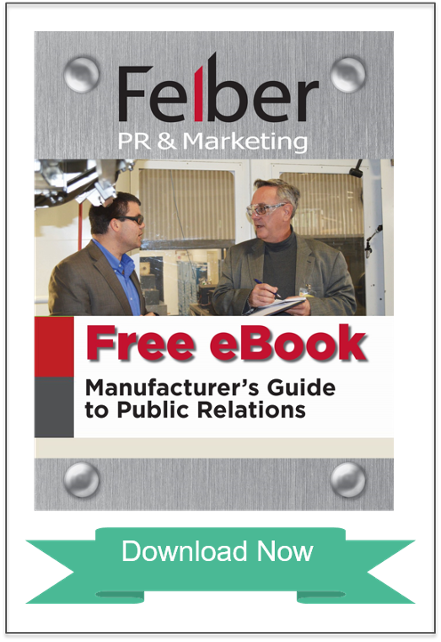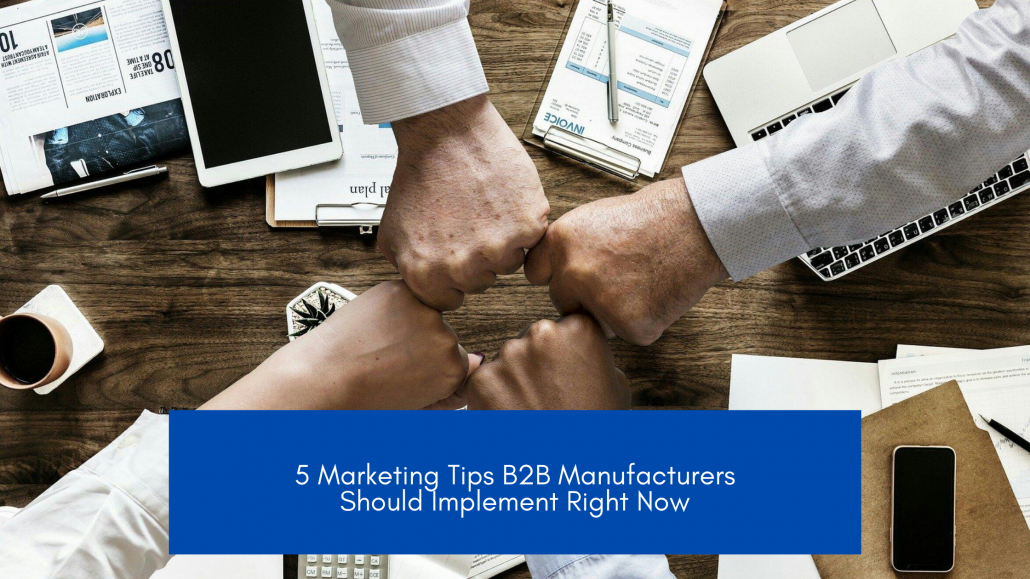
We hear it all the time. Manufacturers get a majority of their sales through word-of-mouth and loyal repeat customers. However, it is important now, more than ever, that manufacturers embrace the value of digital marketing.
At Felber PR & Marketing, our clients leverage content and thought leadership principles to attract prospects, drive lead generation and sales, and retain customers.
Learn 5 valuable strategies your B2B manufacturing company can utilize to get started developing a strong digital marketing strategy:
Develop a thought leadership strategy
In order for your company to see success with its marketing strategy, it is important to be positioned as a leader in your industry. To establish your manufacturing company as a thought leader, we recommend developing a strong content strategy. Tactics such as company blogging, expert interviews, white papers, hosting or sponsoring webinars on industry ‘hot topics’, or exhibiting at notable trade shows help position your company as a trusted leader and expert in your industry.
Leverage PPC (pay-per-click) ads, social media advertising, and SEO
A strong content strategy, when combined with PPC ads, social media advertising, and SEO, is essential for digital marketing success. By utilizing these tactics, you can ensure that your prospects, customers, and potential employees can find your company online.
We have many B2B manufacturing clients who are currently utilizing digital advertising to generate strong, qualified leads. (We’re also practicing what we preach for our own lead generation – and it’s working beautifully!) Social media advertising (primary LinkedIn ads) has been especially valuable for our clients as this is the leading B2B social media platform for the industrial sector.
When meeting with new manufacturing clients, more often than not, they tell us that they are or have utilized digital ads and saw an uptick in traffic. However, when we go further and ask how many of those website visitors converted as a lead by filling out a form, more often than not, the ads aren’t generating conversions.
Consider all this great traffic coming to your front door (website), but it’s 5:55 pm, lights are out and the door is bolt locked. Leads cannot get in! Consider our free Inbound marketing assessment to discuss your situation now, for free.
Develop a consistent schedule of content
A strong content strategy with relevant, engaging content is the foundation of digital marketing and lead generation. A consistent content strategy helps manufacturers stay at the top of search engine results and also, solidifies your brand’s position as an industry thought leader.
To create a sound content marketing plan, it is essential that you take the time to identify your ideal customers and uncover their unique goals and challenges. That way, you can write content that addresses your ideal prospects and helps you speak their language. This process is called creating buyer personas. Buyer personas help manufacturers identify their best prospects. The profile of your best prospect and how they buy is the buyer’s journey. Read Why Your Content Strategy is Failing (Content Mapping 101)
Once you’ve identified the buyer personas you would like to attract to your brand and eventually, close as a customer, develop a running list of content ideas that would appeal to that ideal buyer. Then, develop a content map to ensure you follow through with your new content ideas and develop a consistent stream of content!
Don’t underestimate the power of video
Video is a powerful tool to show your audience your products, the innovative machines, and processes utilized at your plant. Additionally, we highly recommend incorporating video case studies to showcase the value of working with your company.
Manufacturing case studies are an amazing way to show your prospects and customers your skills and capabilities. Case studies add third party credibility and could be the difference between your prospects choosing you over working with a competitor! Don’t think your customers would be willing to participate in case studies? Check out our blog “How to Convince Your Stubborn Manufacturing Customers to Participate in Case Studies” for helpful tips!
Focus on engaging current customers
While digital marketing is a great tactic to attract new prospects and customers, it’s also an incredible tool for customer retention. Develop email campaigns to target existing customers offering high-level technical content, helpful resources, and product discounts. Also, we recommend having existing customers participate in a yearly survey. Take the time to develop a survey where your customers can explain why they work with you, what you can improve upon, and what content they enjoy receiving. Then, you can tailor your content strategy, sales efforts, and messaging to not only keep current customers happy but also, attract similar prospects!
Check out these helpful related blogs to learn how to revamp your B2B manufacturing marketing strategy:


